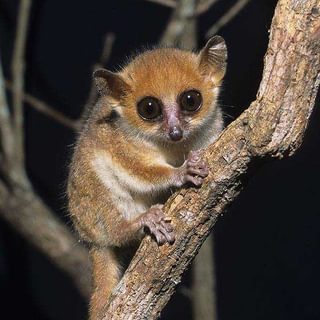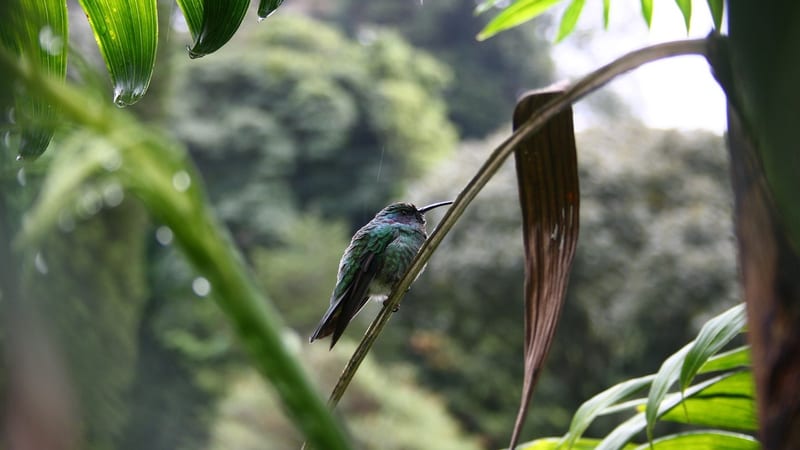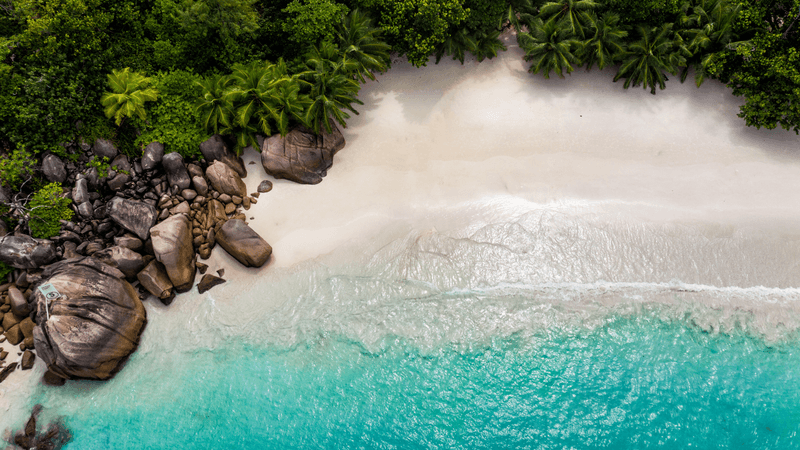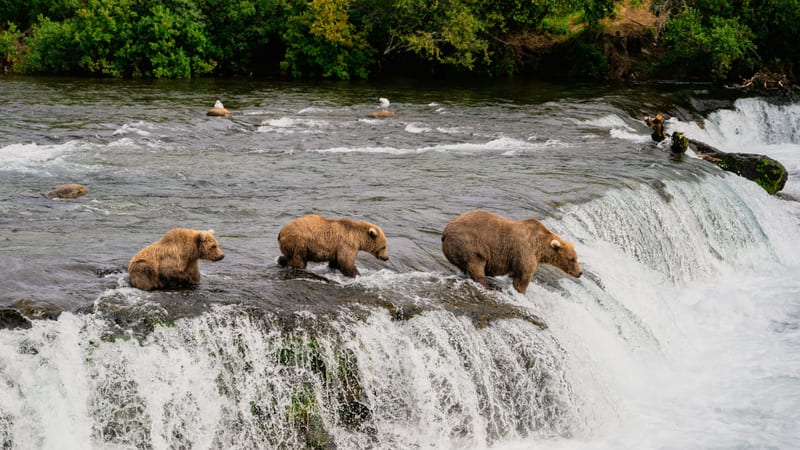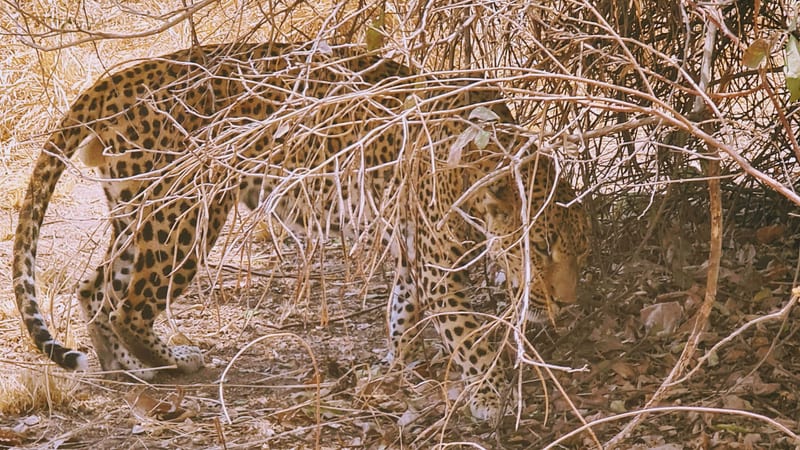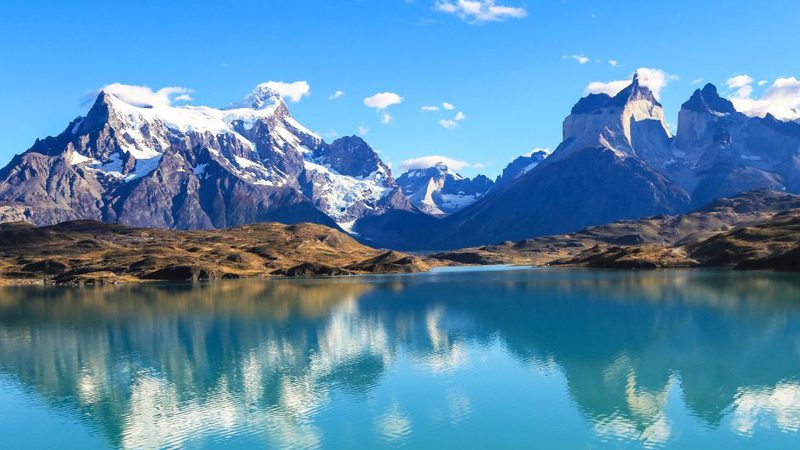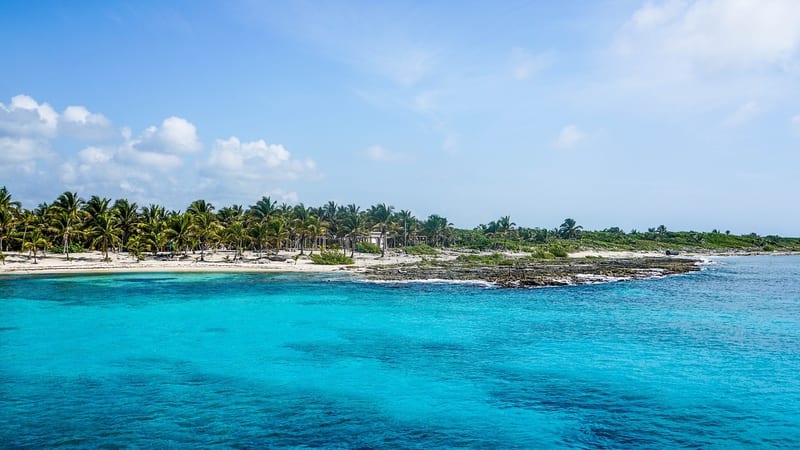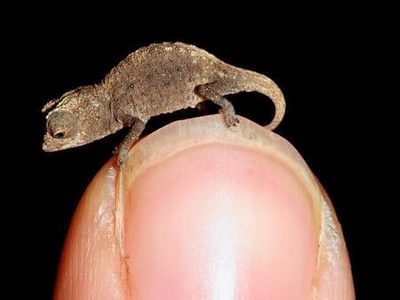
The magnificent and diverse wildlife of Africa and its associated islands includes a number of winners in the 'Smallest of All' category among various groups of animals. Here, we look at five of them.
ROYAL ANTELOPE:
Smallest of all antelopes, ungulates (animals with hooves) and ruminants in the world (even-toed ungulates that chew the cud), the Royal antelope stands only 25cm at its shoulder and weighs 2.5 - 3kg. This furtive, primarily nocturnal antelope inhabits rainforest in West Africa, where the most accessible protected areas it can be sought in, include Ghana's Kakum National Park and Tiway Island in Sierra Leone. Threats to its survival include hunting for bushmeat and habitat modification, though it can adapt to secondary forest. One Antelope Specialist Group population estimate came in at around 62,000 and IUCN currently categorises it as as being of Least Concern.
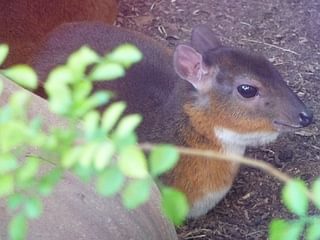
AFRICAN PYGMY MOUSE:
The African pygmy mouse is smallest of all mice and one of the world's smallest rodents.
The species is common in Southern, Central and East Africa where it likes grassy areas near water. (It doesn't enter buildings).Adults measure 3 - 8cm with a tail of 2 - 4cm and weigh 3 - 12 grams. The way these little mice obtain water is unique and quite ingenious: they collect pebbles and stack them in front of their burrows. Overnight, the pebbles gather dew which in the mornings, the mice lick off.
Interestingly they are one of only 7 mammals (all of which are rodents). in which sex determination differs from all other mammals: usually, an XY arrangement of chromosomes means that an animal
is male, but more than 70% of female African pygmy mice studied in Southern Africa were found to have XY chromosomes (not XX).
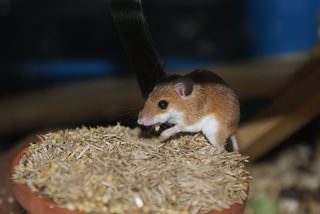
PYGMY LEAF CHAMELEON (BROOKESIA MICRA)
Smallest of all chameleons and smallest of all amniotes (vertebrates that lay their eggs on land), Brookesia micra, was discovered by a German reseach team on Nosy Hara, a tiny, wooded islet off Madagascar. Adults measure less than 30mm. Frank Glaw and Miguel Vences, who have discovered and named some 140 species of 'herps' (reptiles and frogs) in Madagascar, attribute the tiny size of this chameleon to insular/island dwarfism', a phenomenon that can occur when species inhabit very small ranges. Reasons for this include adaptation to limited food resources. The clade of Pygmy leaf (stumptailed) chameleons are found in northern Madagascar, where most tend to have restricted ranges. They frequent leaf litter and at night, climb up into vegetation to roost. Brookesia micra is classed as Vulnerable

SPECKLED PADLOPER TORTOISE
Smallest of the world's tortoises, the Speckled padloper (Afrikaans for 'road walker') is found in the dry Namaqualand region in western South Africa, an area most famed for its incredible floral displays. Its preferred habitat is rocky outcrops where it feeds on succulents. Males are smaller than females, with a carapace length of 6 - 8 cm, while females may measure up to 10cm. They weigh 95 - 165 grams. The shell is speckled with slightly serrated edges. Unlike its relatives which have 4 toes per foot, this diminutive chelonian has 5 toes on its front feet. It is classified as Vulnerable, with one particularly unsavoury threat being illegal collection for the pet trade.
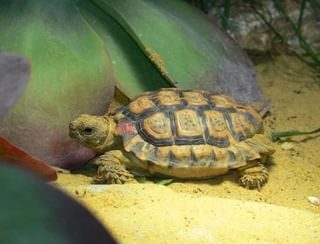
MADAME BERTHE'S MOUSE LEMUR
Weighing in at just 30 grams with an average body length of 9.2 cm, this adorable nocturnal inhabitant of Western Madagascar is the smallest of all the world's Primates. Discovered in 1992, it is confined to the desperately threatened tropical dry deciduous forests of the Menabe, between Morondava and the Tsiribihina River. In 2000, its population was (optimistically) estimated at some 7,900. It occurs in Kirindy Forest, Andranomena and Analabe, all of which have some degree of protection but are under-patrolled. Deforestation in the Menabe region has escalated dramatically during recent years (rampant at time of writing in March 2018) because of slash and burn agriculture; illegal, selective logging and lately, clearance of land for monoculture. At best, the status of this little primate can be regarded as Endangered
